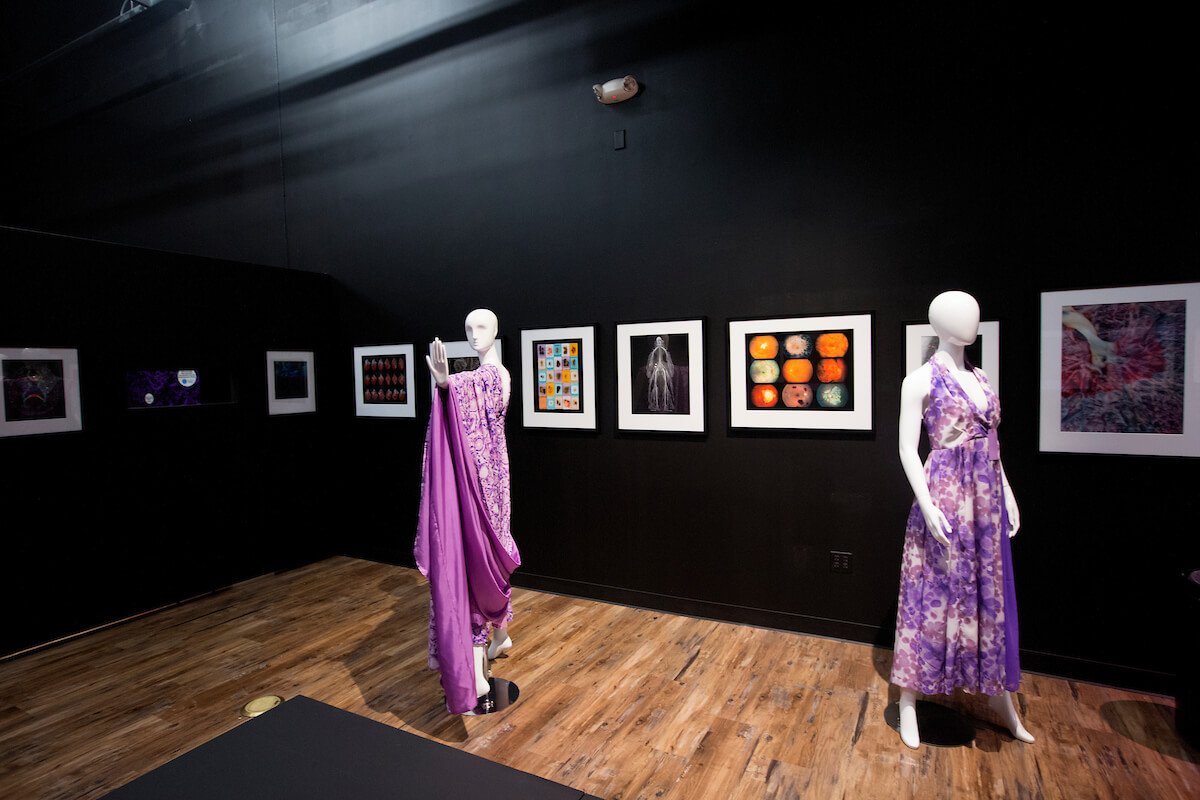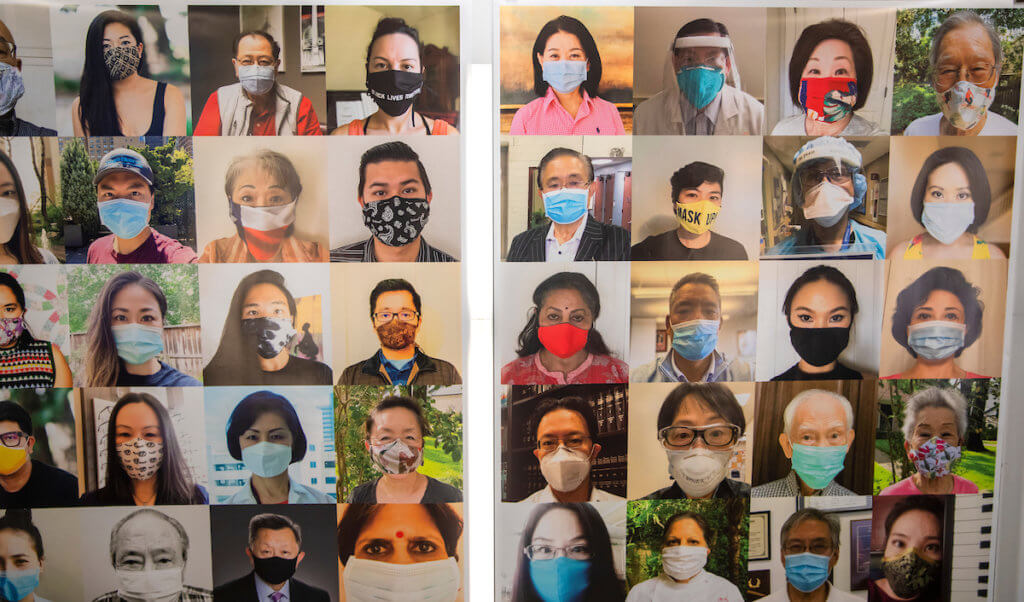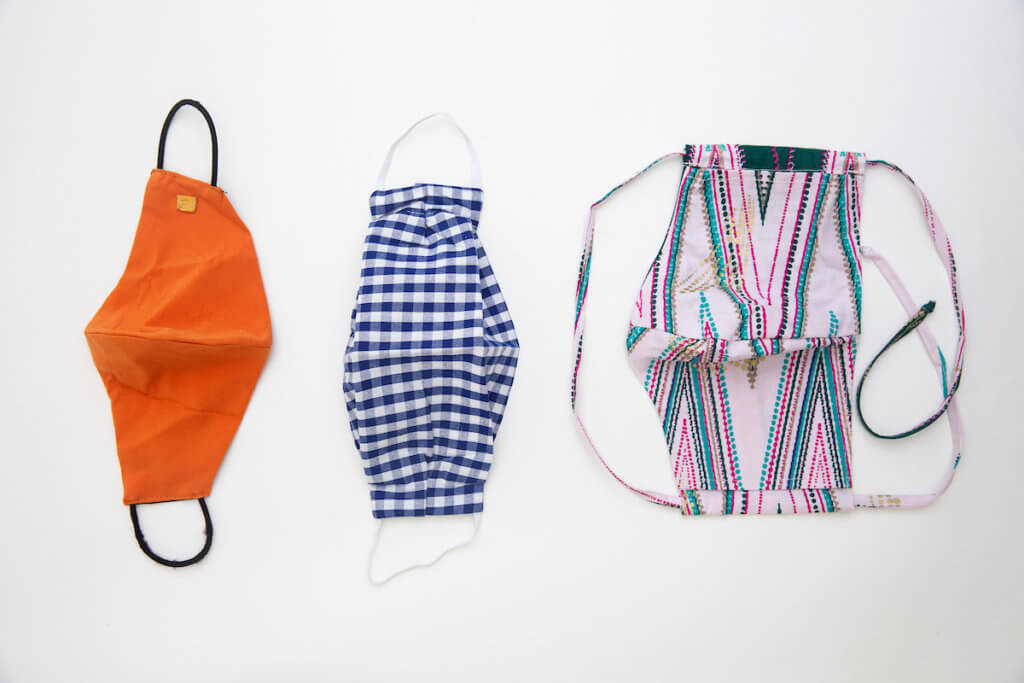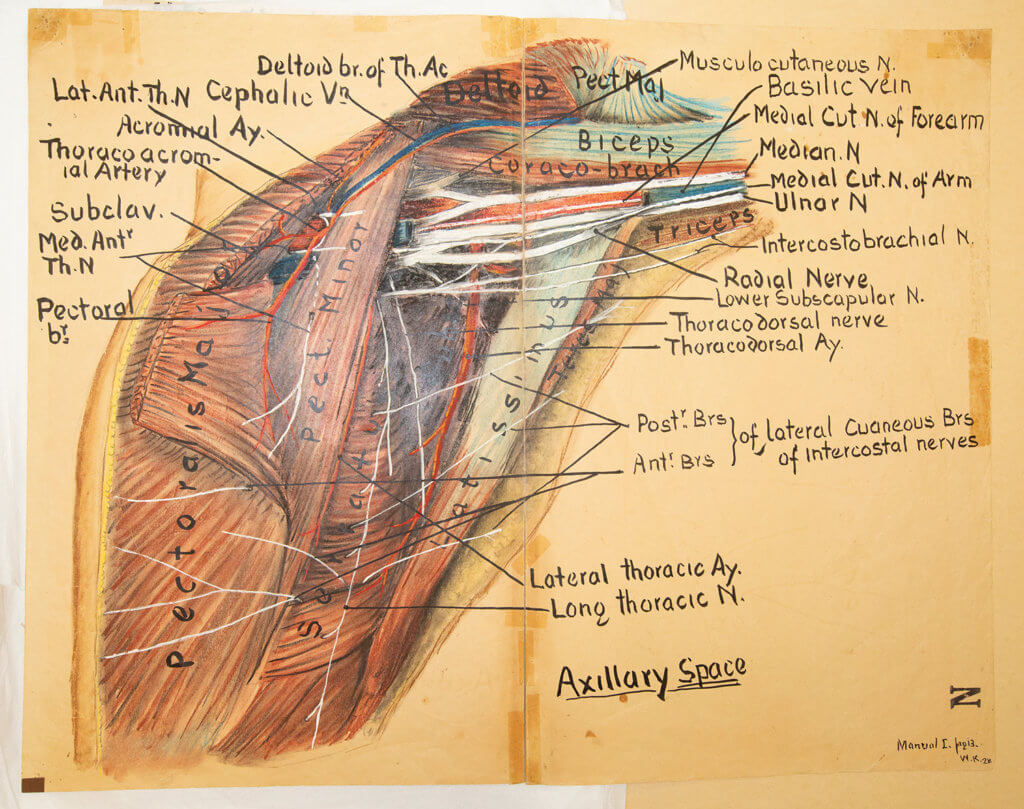Body as a Work of Art: More than Skin Deep
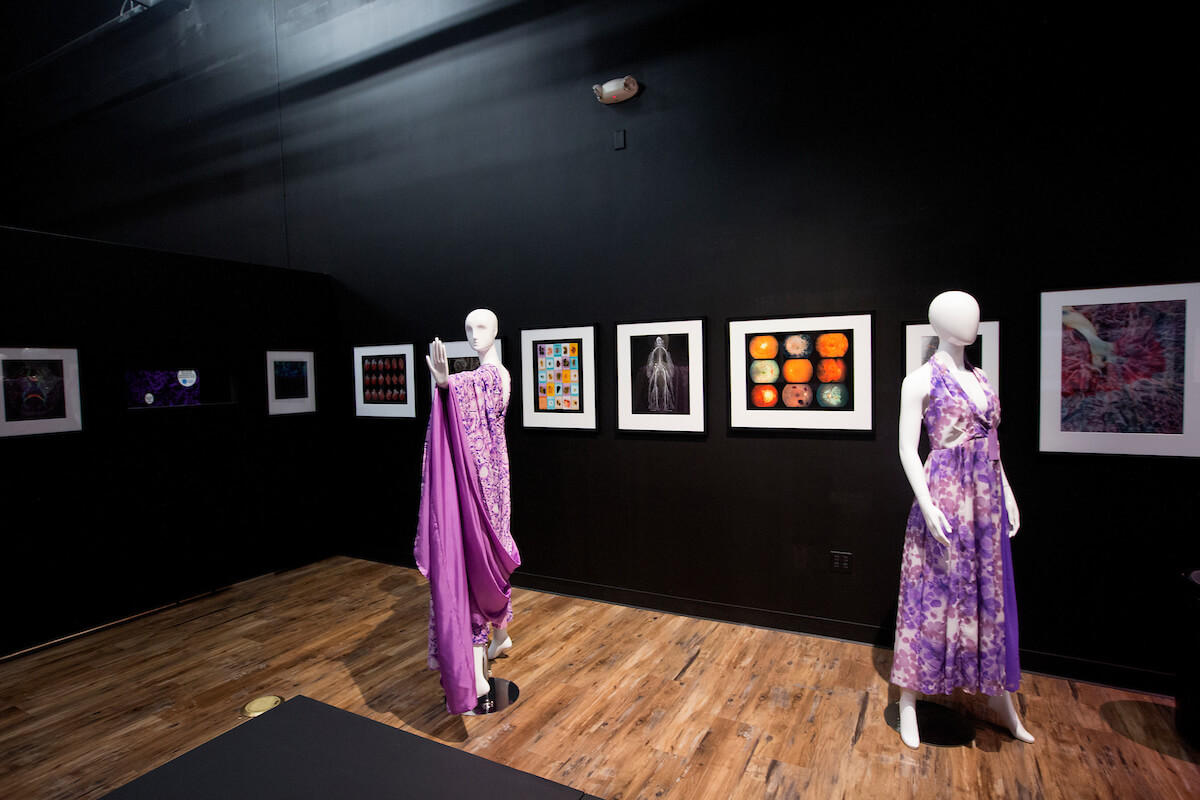
What makes a body beautiful? Is it symmetry and perfect skin? Or is it uniqueness—the subtle and not-so-subtle differences that prove each one of us is not like anyone else?
Body as a Work of Art: More Than Skin Deep, a new, original exhibit at The Health Museum, dives deep into this conversation, challenging visitors to think beyond beauty stereotypes.
The exhibit gathers work from multiple artists.
“It is really about encouraging people to define [beauty] intrinsically,” said LaTanya Miles, director of education and public programs at the museum.
One section of the exhibit, “Scar Stories: Portraits of Survival,” offers dramatic black and white photographs by photojournalist Cody Duty that depict Texas Medical Center patients with visible scars. The photos originally appeared in the September 2017 issue of TMC Pulse magazine. Visitors to the exhibit are invited to select the portraits on a touch screen to learn more about the patients and the stories behind their scars.
Another photographic component of the exhibit is “Positive Exposure” by Rick Guidotti, whose images depict individuals living with genetic, physical, behavioral or intellectual differences. Guidotti’s portraits aim to change social attitudes around individuals perceived as different.
“BODYSUITS,” another piece of the exhibit, comes from Los Angeles-based artist Sarah Sitkin, who created life-size molds from real bodies that allow museum visitors to step into someone else’s skin. Sitkin has turned real bodies into wearable garments.
Still another portion of the exhibit, “Hidden Beauty,” offers the work of Norman Barker, a professor of pathology and art as applied medicine at Johns Hopkins University who explores art at the cellular level.
“‘Hidden Beauty’ was created when Norm was looking at diseased cells under the microscope and he thought, ‘These could be on the walls of an art gallery,’” Miles said. His work, she added, speaks to the paradox that something harmful can also be beautiful.
“Hidden Beauty” also inspired “Beautiful Affliction,” by costume designer Cherie Acosta. The ethereal gowns in Acosta’s collection carry colorful lavender designs inspired by diseased cells— cytomegalovirus and leukemia among them—and were developed for a dance piece about illness. A video of the dance performance is available for viewing in the museum’s McGovern Theater.
In addition to Body as a Work of Art, a new collection, entitled “The Texas Medical Center Experience,” uses an interactive timeline to highlight the history of medical innovation and the individuals responsible for several groundbreaking accomplishments. This collection also gathers artifacts from the Texas Medical Center and the John P. McGovern Historical Collections and Research Center.
Body as a Work of Art: More Than Skin Deep will be on display at The Health Museum, 1515 Hermann Drive, through Jan. 11, 2019. Information: 713-521-1515 or thehealthmuseum.org.

